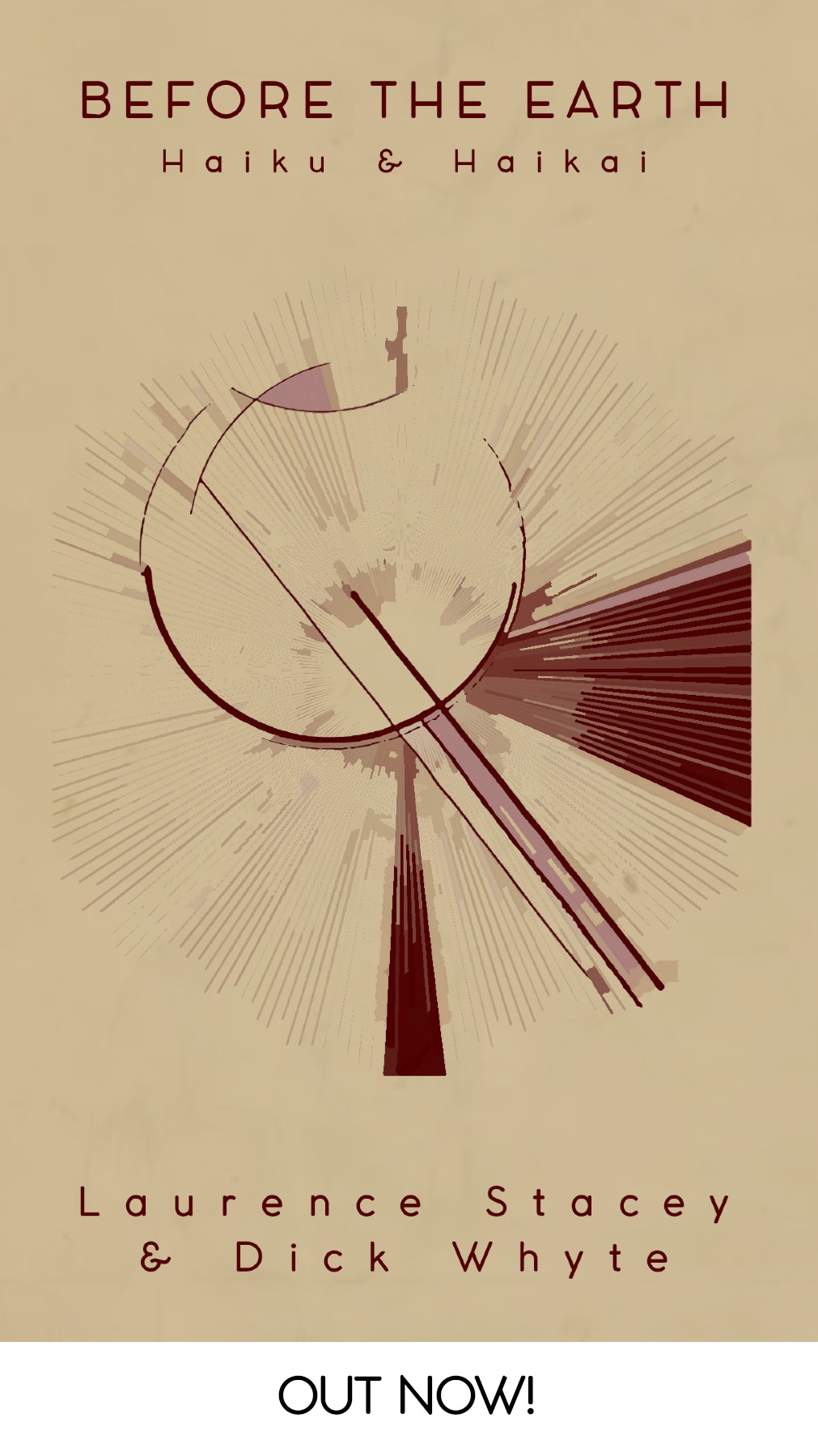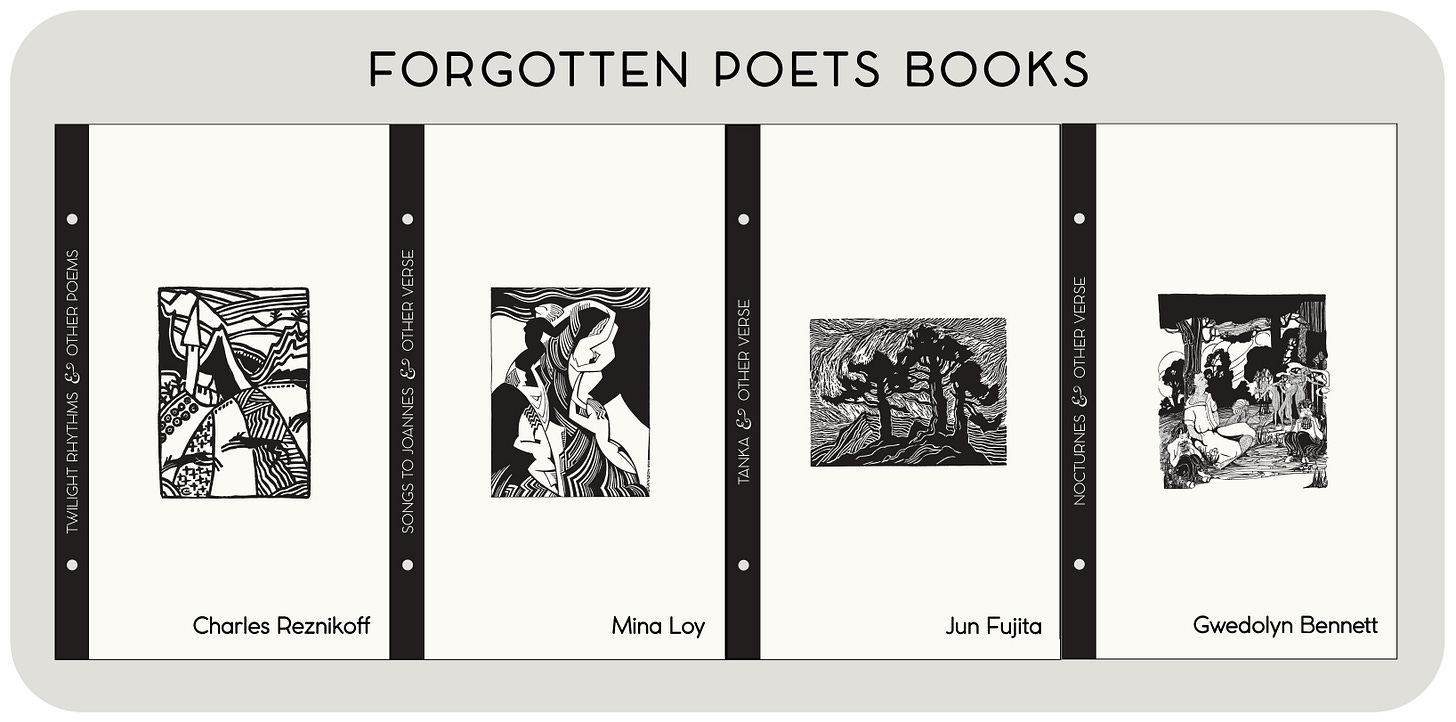Today I would like to discuss the form of haiku, using a hokku by the poet Ajō as a starting point. The term “haiku” was not in common use prior to the 1900s, but the form of poetry it referred to—i.e. a verse containing 17 kana, in the rhythm 5-7-5, with one kigo (i.e. a ‘seasonal-word’) and one kireji (i.e. a ‘cutting/joining-word’)—had been popular throughout Japan for almost four centuries, known as the ‘standalone hokku’. Hokku were originally the opening verses for collaborative, improvised, linked poems, called renga, ranging from the very short to the very long. The shortest was the tan’renga, comprising of a single hokku, in 5-7-5, and a single reply, in 7-7 (i.e. together making a completed ‘tanka’), and the longest ran to 100, and even sometimes 1000s of verses.
The most popular form of renga from the 1600s on was haikai renga, containing just 36 verses. The hokku, being the first poem in the renga, was both semi-standalone, in the sense that it would be read on its own, before any other verses were composed, and “linked.” Hokku would often be excerpted from renga, and admired as their own art form, and were eventually composed for their own sake, separately from renga. Much later, standalone hokku became retroactively known as haiku (a term coined by Masaoka Shiki in the late 1800s).
In 1758, the haikai poet Ajō collaborated with Buson and Kikei on a haikai renga, to commemorate Kikei taking the tonsure. On this particular occasion, Ajō was given the honour of writing the hokku;
[すいせんのあつきはようのふくろかな] suisen no | atsuki wa / yō no | fukuro kana daffodil 's | depth <as-for sunlight 's | bag/sack (. . . ) daffodil's depth: a sack for sunlight wrapped deep in the daffodil . . . sunlight
Ajō’s verse is a good example of a haiku with a multi-layered structure. In English, there are two common approaches to haiku. On the one hand, as a 3 line poem, with 5 English syllables in the first line, 7 in the second, and 5 in the third (sometimes called ‘formal haiku’); on the other, as a 3 line poem with a short first line, a longer second line, and a shorter third line, or something in that ballpark (roughly speaking, ‘free haiku’). Both are entirely valid approaches. Both also stress the use of 3 lines, regardless of formality.
Japanese haiku, on the other hand, are written on the page in 1 line, not 3. At the same time, poetry in Japan has been composed in patterns of 5 and 7 for at least 1500 years, if not longer, so the rhythm of 5-7-5 can be felt in the haiku, without needing to be visually indicated. This also allows for the superimposition of other patterns on top of this, sometimes in synch with the 5-7-5 rhythm, sometimes falling between the established beats. Ajō’s verse, for instance, can be re-lineated in English in 3 main ways: 1) As a single line, following how it is written on the page, as in my first translation; 2) In three lines, following the customary rhythm, as in my second translation; 3) Finally, syntactically Ajō’s verse is made up of two phrases “deep of the daffodil” and “sack of/for sunlight” joined by the particle ‘wa’, indicating that the “daffodil’s depth” is the active subject of the phrase: the “bag” of sunlight. It also has the effect of producing a light syntactical pause (kire), which can be expressed by a couplet phrasing;
as for the daffodil’s depths, sunlight's bag
All three approaches, in 1, 2, or 3 lines, are equally valid, both as strategies for translation, and as approaches to original English-language haiku. I feel that for a beginner it can be useful to write in 3 lines to get a handle on the rhythmic element, which is otherwise lost in 1 or 2 lines. However, as one becomes more comfortable with the rhythm, using other lineations can introduce variation and freshness into your approach.
Hi everyone, so I ended up needing a bit of a longer break than expected. However, I am happy to announce that I am back, with a range of new features that I will be rolling out in the next few weeks. The first of them is a section for ‘Haikai & Haiku’ discussions . . .
This will bring together fragments from my unpublished, and very unfinished, encyclopaedia of pre-1900s Japanese haiku poets and poems. After beginning to write English-language haiku some years ago, I got particularly interested in its history, both Japanese and English, and translation. While there was a lot of really good information on pre-1900s Japanese poetry and poets available in English, anything outside the “big four” (Bashō, Buson, Issa, and Shiki) was fairly scattered, and often difficult to locate. The “Haiku’paedia” was my attempt to bring as much of this information as I could into one place, along with re-translations of the haiku. A foolhardy idea, no doubt. Perhaps one day I will finish it, but for now, these fragments will have to do.
I have been writing and studying haiku for almost 20 years now, and have a fairly decent knowledge of its histories and workings, for a Westerner, so please feel welcome to ask any haiku-related questions in the comments, and I’ll do my best to answer them. Next week we’ll be discussing kireji. In other news, I thought I had written a bunch of daffodil haiku over the years, but it turns out I haven’t written any. Just a single tanka, from back in 2009;
two week old daffodils wilting in the vase— her cousin goes to trial
Haiku Thursdays
Notes for an unfinished miscellany on haiku in English, including poems, translations, histories, theories, et al. Explore the archive . . .
Haikai & Haiku—A Short Introduction Part 2: Kireji
Kireji (lit. ‘cut’ words) are specialist terms used in Japanese haiku which, roughly speaking, have a similar effect to punctuation in English. Rather than beginning with an explaination of what kireji is, let’s have a look at two winter hokku from the poet Mukai Bonen, and simply observe where the punctuation is placed, and how it functions in the poem…
Haikai & Haiku—A Short Introduction Part 3: Kigo
There are three fundamental aspects of haiku: kana, kireji, and kigo. Last week we discussed kireji (i.e. cut/join words) and the week before that we discussed kana (i.e. syllable counting and form). This week, we are going to discuss the third, and final, aspect: kigo...
Haikai & Haiku—A Short Introduction Part 4: One Plum Slowly Ripens
Most Westerners are taught in school that haiku are poems comprised of 17 syllables, arranged over 3 lines, with 5 syllables on the first line, 7 syllables on the second, and a final 5 on the third (5-7- 5). There are two problems with this definition, which need to be addressed by anyone wishing to translate haiku, or write haiku in English...














I like haiku, instant revelation, no extra words.
Cloud, s
Siamese Cloud purrs
Sound wave brushes like fur tail
Curled love at ear
This is brilliant and full of insight. Thank you for sharing and I look forward to more!